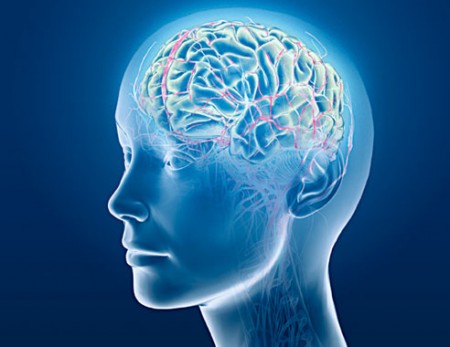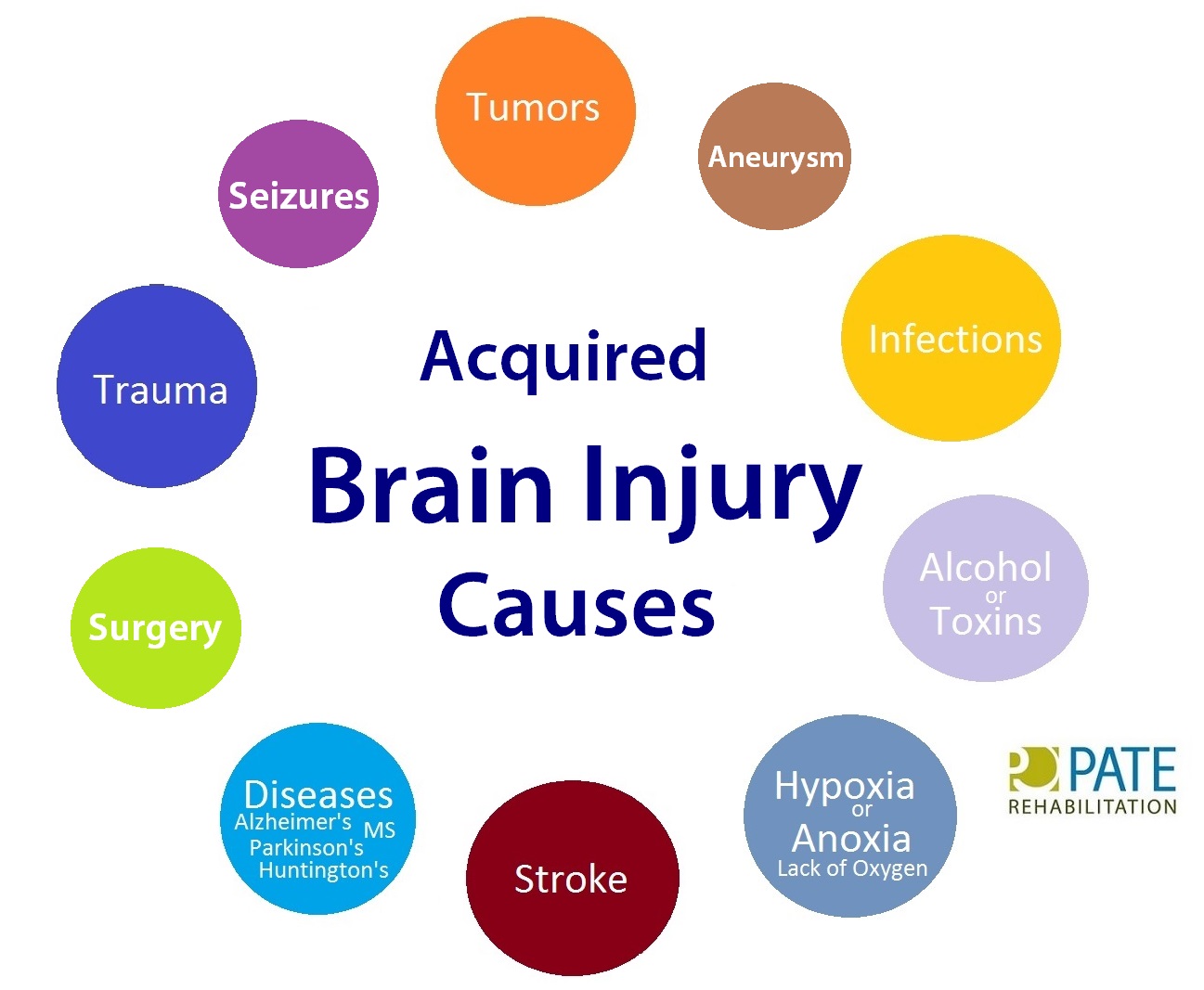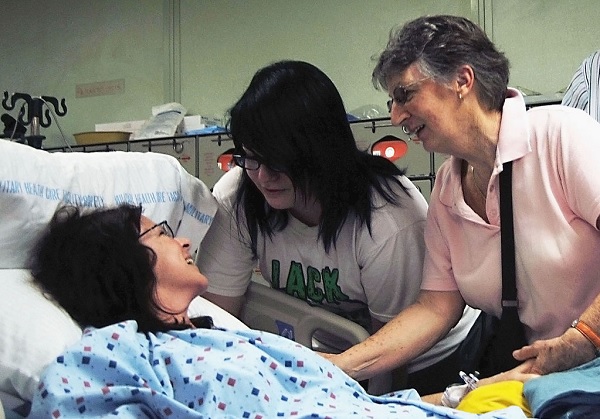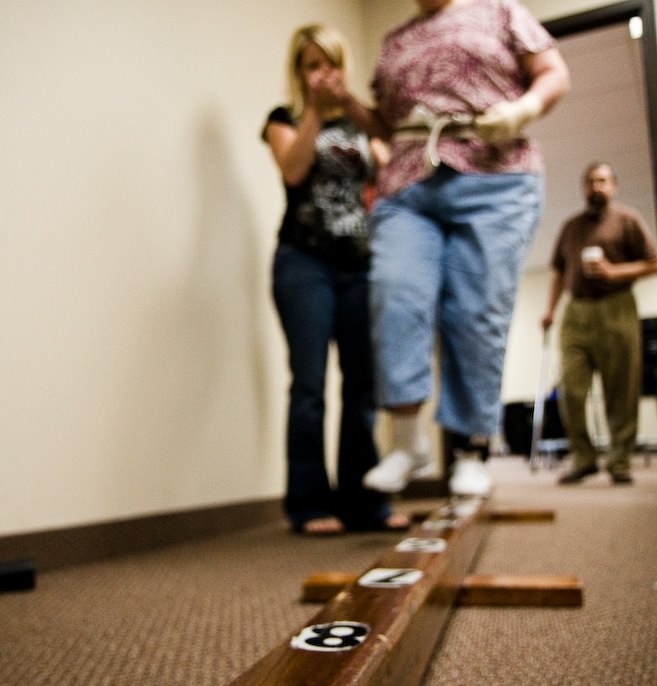Prevention | Causes of Brain Injury | Stroke Rehabilitation | Traumatic Brain Injury (TBI)
What is an ABI or Acquired Brain Injury?

An acquired brain injury is an injury to the brain that is not hereditary, congenital or degenerative, and one that has occurred after birth.
In other words, it's something that happens, either from an unforeseen event or a medical cause.
The effects of an acquired brain injury can be severe and life-altering. The brain controls every part of human life: physical, intellectual, behavioral, social and emotional. When the brain is damaged, some part of a person's life is adversely affected.
A common form of acquired brain injury is traumatic brain injury, a sudden incident that damages the brain. These injuries are preventable in some cases with safety measures or lifestyle adjustments. Other acquired brain injuries occur from medical causes or disease processes. Either way, acquired brain injuries happen outside of our control. No one is to blame.
 Common causes of acquired brain injury include:
Common causes of acquired brain injury include:
- External forces applied to the head and or neck (traumatic brain injury)
- Anoxic/hypoxic injury (cardiac arrest, carbon monoxide poisoning, airway obstruction, hemorrhage, and drowning)
- Intracranial surgery
- Infectious diseases
- Seizure disorders
- Toxic exposure (substance abuse, ingestion of lead and inhalation of volatile agents)
- Aneurysms
- Medical causes like stroke (vascular obstruction)
Acquired Brain Injury Effects
Once a person has survived the acquired brain injury, there may be changes that affect many areas of an individual’s life. Some are immediately apparent, such as weakness on one side of the body or difficulty speaking. Some are more subtle.
These changes are typically grouped in three major categories: physical, cognitive/thinking, and emotional/behavioral differences.
Some physical changes may include:
- Muscle coordination problems
- Full or partial paralysis
- Changes in senses: hearing, sight, smell, etc.
- Dizziness
- Headache
Some cognitive/thinking changes may include:
- Difficulty communicating
- Memory problems
- Poor judgment
- Difficulty learning new things
Some emotional/behavioral changes may include:
- Depression
- Irritability/frustration
- Difficulty with social skills
- Inability to recognize changes in themselves
Recovery Timing

The number one question after an acquired brain injury is when will I be myself again?
The second question is, how long will it take?
You can expect the most rapid recovery from acquired brain injury in the first 18 months to two years following the injury; however, recovery can be a life-long process.
The type of injury, the severity of injury, the age of the person injured, as well as many other factors, affect the degree of improvement.
Family and other support persons play a major role in helping an individual resume productive and meaningful activity. An acquired brain injury often requires a major life adjustment around the person's new circumstances, and making that adjustment is a critical factor in recovery and rehabilitation.
Regaining Function and Prognosis

In the hospital, the goal is to medically stabilize the patient. After the hospital, the next phase is long term recovery.
The goal in treating an acquired brain injury is to focus on the cognitive, physical, emotional, or behavioral impairments that have caused changes in functioning.
Brain injury is a very complex phenomenon with dramatically varied effects and these greatly influence the results of rehab. No two persons are alike or can expect the same outcome or type of difficulties. The many unknowns make it difficult to predict the results of rehab ahead of time. What we do know is that not doing rehab will tend to affect long term recovery.
Rehabilitation versus returning home can make a dramatic difference in what capabilities are recovered and level of functioning as an individual returns to their life.
Acquired Brain Injury Treatment and Rehabilitation
At Pate Rehabilitation, we know treating acquired brain injuries demands a personalized, evidence-based and multidisciplinary approach guided by the patient’s needs and goals.
Creating a therapeutic environment that matches the patient's tolerance for distraction and need for structure results in a much higher likelihood of the patient being able to return to home, work and community.
We have found that treating patients in isolation away from others in a quiet environment usually means that the patient will have much more difficulty returning to the community where there is little to no structure and constant distractions.
Scientific literature says that a combination of individual therapies and therapies provided with other people around is proven effective for brain injury rehabilitation.
At Pate, evidence-based techniques form the foundation from which to build individualized, functional activities. We strive to provide therapies that are meaningful and represent "real life " situations for the patients served.
